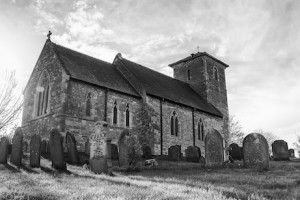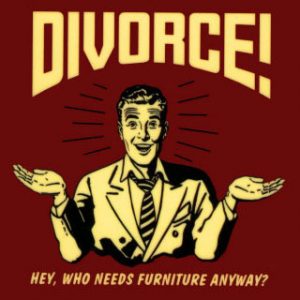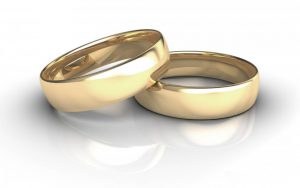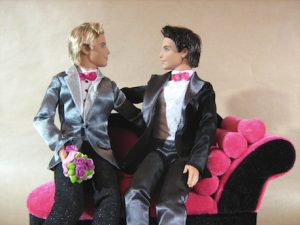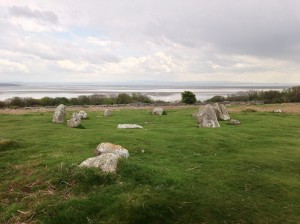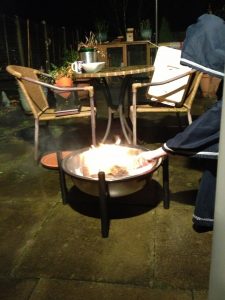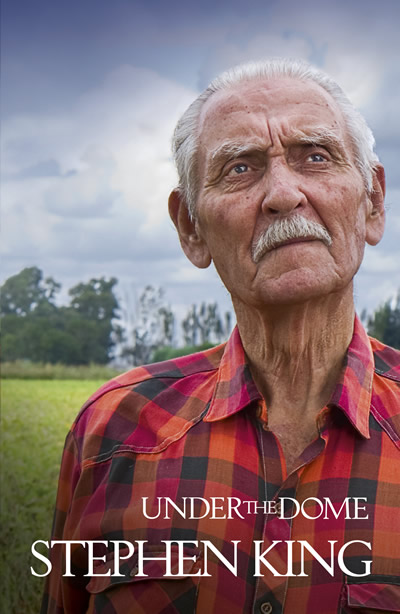 |
Stephen King is a Writer that I’ve always admired. But to be honest, he’s wrote that many books, I’ve always been unsure where to start.
That was until I watched the TV series Under The Dome, based on King’s two-book story with the same name. The copy of Under The Dome that I’m reviewing is one where the two books have been combined into one and therefore has the full story from start to finish. My Review Under The Dome starts when an invisible dome descends on the sock-shaped town of Chester’s Mill, Maine in the USA. The dome is almost impenetrable, only letting through small amounts of air and water. |
When the dome comes down it slices off the hand of a woman gardening. It slices a small aeroplane in half. A few cars crash into the dome, which explode on impact. The gardener, aeroplane pilot and trainee, and car drivers all die.
But for the people of Chester’s Mill this is just the start of their problems and things are going to get a hell of a lot worse.
Under The Dome has a full town cast of characters. Here are some of the characters, in alphabetical order:
- Andrea Grinnell – local politician (Third Selectman) and addicted to prescription painkillers.
- Andy Sanders – Local politician (First Selectman) and Pharmacist. Owner of the only drug store, which would have closed years ago, if it wasn’t for the help of Jim Rennie.
- Colonel James Cox – In charge of the military outside of the dome.
- Dale Barbara (Barbie) – A Iraq army veteran.
- Duke Perkins – local Police Chief. That is until he meets his demise and is replaced by Peter Randolph.
- Jim Rennie (Big Jim) – Local politician (Second Selectman) and a used car salesman. He also has a secret illegal business of making, selling and shipping methamphetamine.
- Joseph McClatchey (Scarecrow Joe) – a very clever teenager. He is often with his two friends (Norrie Calvert & Benny Drake) throughout the book.
- Julia Shumway – Owner, writer and editor of Democrat Chester’s Mill local newspaper. Has a Corgi dog named Horace.
- Junior Rennie – Jim’s son. Revealed to have a brain tumour that nobody knows about that influences his thinking and behaviour.
- Ollie Dinsmore – The boy who looses everyone and everything, but manages to survive.
- Piper Libby – A Reverend who doesn’t believe in God and lives with her dog whom she loves dearly.
- Rommie Burpee – Owner of Burpee’s Department Store.
- Rusty (Physicians Assistant) & Linda (Police Officer) Everett – Rusty’s character is brilliant. He sees the truth because he questions everything and follows his gut feeling. But with a wife and two children he is constantly torn between doing the right thing and protecting his family.
- Samantha (Sammy) Bushey – A girl with a difficult life, one that’s going to get more difficult with the dome in place and will lead to tragic consequences.
- Thurston Marshall & Carolyn Sturges – Out-of-towners.
I know that I have probably missed out someone’s favourite character. If I have and you want to let others know about your favourite character, leave a comment below, giving the character’s name and a brief description.
So what actually happens in the just over a week that the dome is in place? The answer plenty including: manipulation, lies, abuse of power, crimes – looting, rape (this scene was particularly disturbing and traumatic to read, but none the less extremely well written) and murder, false allegations, the attempted cover-up of meth labs and propane use/storage, the threat of diminishing resources – people don’t know how long the dome will be in place for and how people respond to this threat, a major explosion and fire fuelled by the propane and an abundance of death.
The TV series was mediocre. I am pleased to say that the book far exceeds the TV series, being extraordinary. In this letter King explains that in the TV series the concept of the dome is the same, but the Writers have re-imagined the plot and some aspects of the characters. He states that he sees the TV series as playing out in an alternate reality.
The Under The Dome concept is brilliant. The description is superb. The characters are have been well developed and are interesting. The pacing is terrifically fast meaning that the book grips you from the first page to the very last (it’s a total of 877 pages long). Overall Under The Dome is exceptionally well written, with not a single word wasted. Well done King.
I would go as far as saying that in writing Under The Dome King has reached his pinnacle, but I don’t feel I can say this as I haven’t read any other of his works, yet.
The Story Behind The Story
Stephen King had the idea for Under The Dome over twenty-five years ago. But every time he tried to write it, he didn’t feel that he could do the story justice. Then he was involved in a car crash, where he nearly died. For a while after the accident he thought that he might never write again. When King did start writing again, albeit more slowly than before the accident, he decided to start and complete Under The Dome as he didn’t want to die with an unfinished manuscript in his desk draw.
Review soon,
Antony


